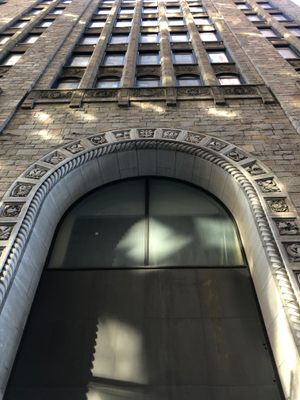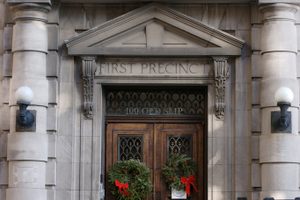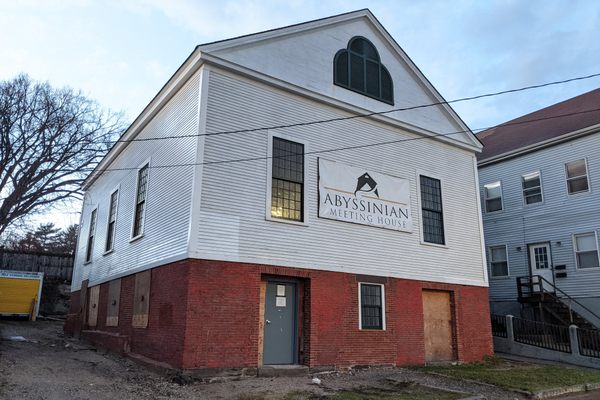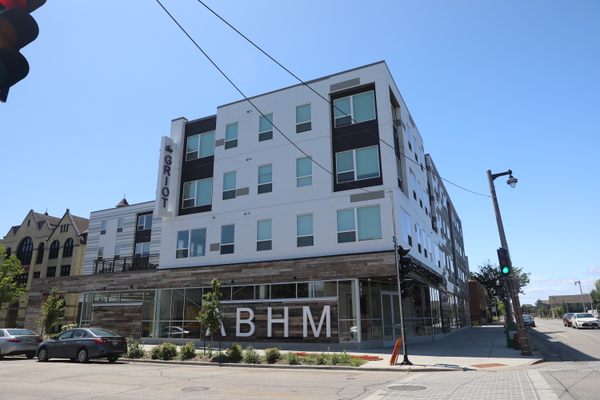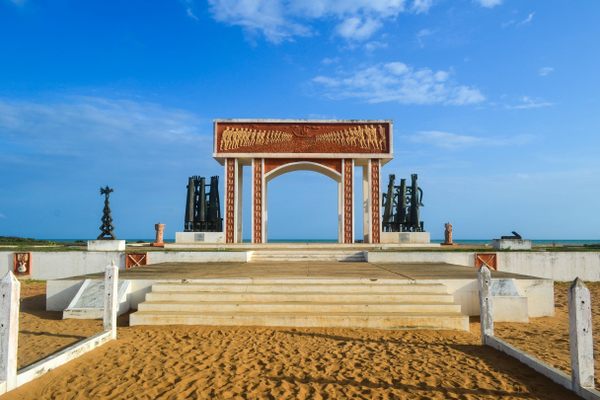About
Now an anonymous condominium, the building stands on a site of one of the financial building blocks of New York City, and one of its greatest shames: the sale and trade of enslaved people.
In 1626, 11 captives from Congo, Angola, and the island of Sao Tome were brought to New Amsterdam. Over the next 150 years, the New York slave trade grew to be one of the most essential cogs in the triangle trade. Seventy-four Wall Street, on the lot bounded by Water and Pearl Streets, is the most widely accepted address of this auction block.
The first enslaved workers who were brought to the site were tasked with constructing defenses for the small Dutch colony in the form of a wall across the town’s northern frontier. Years later, the wall would be taken down and its fragments used to level the roads and expand the island as landfill. All of the requisite labor was done by enslaved people.
At the start of the 18th century, the corner of Wall and Pearl Street was an open-air market, where enslaved people were unloaded from ships in the nearby East River. At that time, the river was much closer at Water Street, which meant that the enslaved people were bought and sold right under the shadow of their floating prisons. Later development brought a sheltered complex, city oversight and, of course, tax revenue. Enslaved people were sold throughout the city and its surrounding region. In a wider scope, New York positioned itself as the port city where agricultural goods grown by slaves in the South were financed, refined, packaged and shipped around the world. The New York Stock Exchange, just up the street, owes its startup capital to an economy fueled by enslaved people and their labor.
Today, no evidence remains of the New York Slave Market. In June of 2015, the City of New York unveiled a small plaque in the beer garden adjacent to the modern day 74 Wall Street.
The small plaque memorializing the many thousands of enslaved people who were abducted and sold on what is now 74 Wall Street is roughly the size of a plaque across the street at 74 Wall Street honoring the Livingston family, who owed their political prominence to the wealth they generated from the slave trade.
The United States currently has no significant national memorial to slavery.
Related Tags
Know Before You Go
74 Wall Street between Pearl and William Streets. The information placard is located in a public park along the 1100 block of Wall Street.
Published
July 27, 2015











